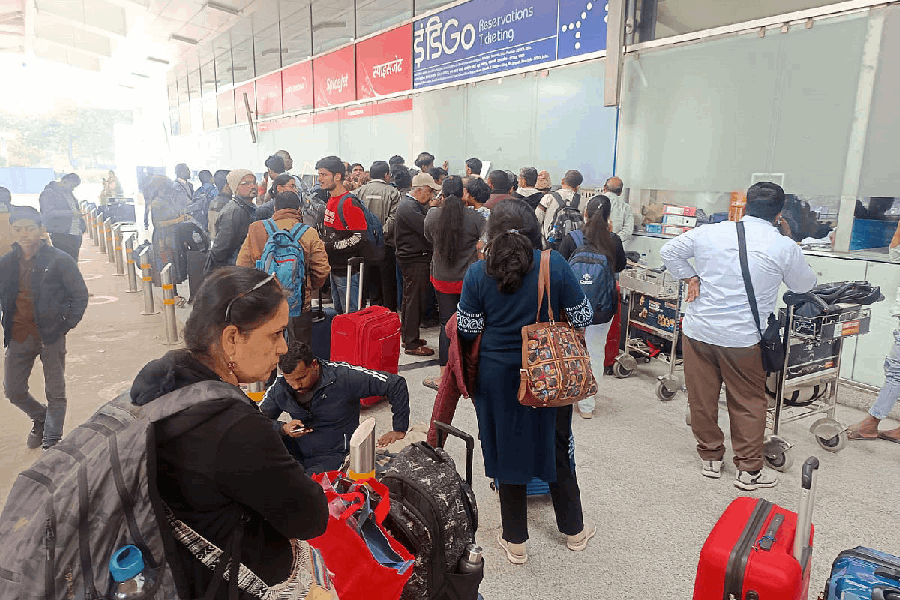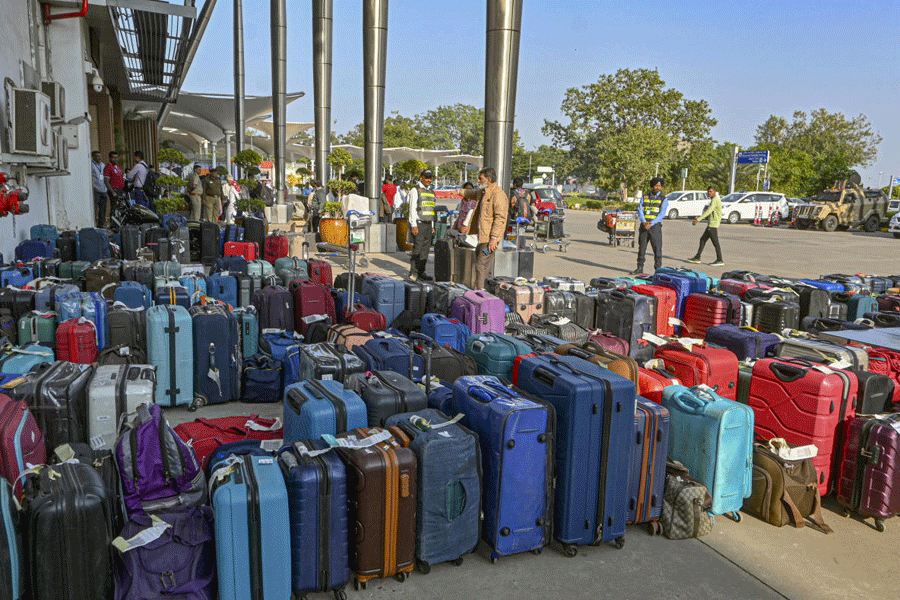Corporate games may be popular in business circles, but at Busy Bee, the AB Block-based multi-activity centre, it was teenagers who got to try their hand at some.
“The new National Education Policy (NEP) wants to move away from rote learning and focus instead on application-based solutions,” said Priyanka Chatterjee, a corporate story consultant who uses storytelling to help businesses address challenges. “The corporate age of Gen Z is lowering, and we need to prepare them for an AI-driven world where technology is rapidly taking over jobs. We must ready them for every eventuality so they can be resilient.”
At the workshop, students were asked to write down what they considered their problems. Out came issues such as mathematics and examination stress. But when they read all the problems aloud, they realised that their own concerns were minor compared to others’. Some even bonded over shared issues. “Instead of moping over their problems and asking ‘why me?’ they began to empathise. They found reassurance in the idea that if others can overcome similar challenges, so can they,” said Chatterjee.
In another game, they were hypothetically lost in a city where they didn’t know the language and were allowed to learn only a few words in the foreign tongue. Someone suggested learning to ask: “Where’s the nearest cab?” But others argued it was a wasted question if the nearest cab was too far to walk to. Some preferred “bus” instead, but even that was dismissed in favour of asking about general public transport, bus or their hotel.
The scenario then shifted to a desert, where they decided the most useful phrase would be to ask for an oasis— where they can get both water and a camel.
“What if they are lost at Kumbh Mela?” Chatterjee explained. “These are portable skills they can use in school, at work, everywhere. These games are designed to prepare them for anything unforeseen. We want them not to think hard, but to think smart.”
Hat trick
The workshop also introduced them to the concept of Six Thinking Hats—a structured framework for decision-making that encourages participants to explore different perspectives. Each “hat” represents a distinct mode of thinking. In one exercise, they had to imagine they were restaurant owners and decide whether or not to introduce square-shaped pizzas.
Wearing the White Hat (facts and information), they laid the premise that round pizzas were the norm, though square ones had been tried as limited-time offers at certain outlets.
Wearing the Red Hat (intuition and feelings), they felt the new shape could offer a strong novelty factor and encourage people to share its photos on social media.
The Black Hat (caution and negatives) wearers believed purists would not appreciate the deviation from the traditional round shape and Yellow Hat (optimism) thinkers argued that square slices might hold toppings more effectively and would fit better in boxes, which are usually square anyway.
The Green Hat (creative solutions) team proposed new topping combinations tailored to the new shape, creating a personalised experience and finally, the Blue Hat (process control) wearers focused on identifying the target audience and highlighting the unique advantages of square pizzas to stand out in the market.
In another activity, the students were divided into two teams and given an egg each along with paper, cello tape, and rope. Their task was to package the egg so it wouldn’t break when dropped from the terrace.
While one egg didn’t survive the fall, the other did—though it nearly cracked while being unwrapped. “They made their egg look like a football, which helped cushion the fall. But many teams break the egg later while opening it. The moral of the story is to think ahead,” said Chatterjee.
“This game was also about being aware of external resources. The room had plenty of paper cups, but no one noticed or asked for them. In real corporate games, I’ve seen teams go as far as stealing resources from one another to win. Even a mother doesn’t feed a baby that doesn’t cry—so always ask!” she urged.
Mohna Banerjee of Class VIII enjoyed the workshop. “My biggest takeaway is that I’ll now break my problems into chunks and tackle them bit by bit,” she said. Her twin brother Pranjal added that he’d learnt to depend on his team. “I realise now that life’s not a one-man show,” said the young resident of Sunrise Symphony in New Town.










